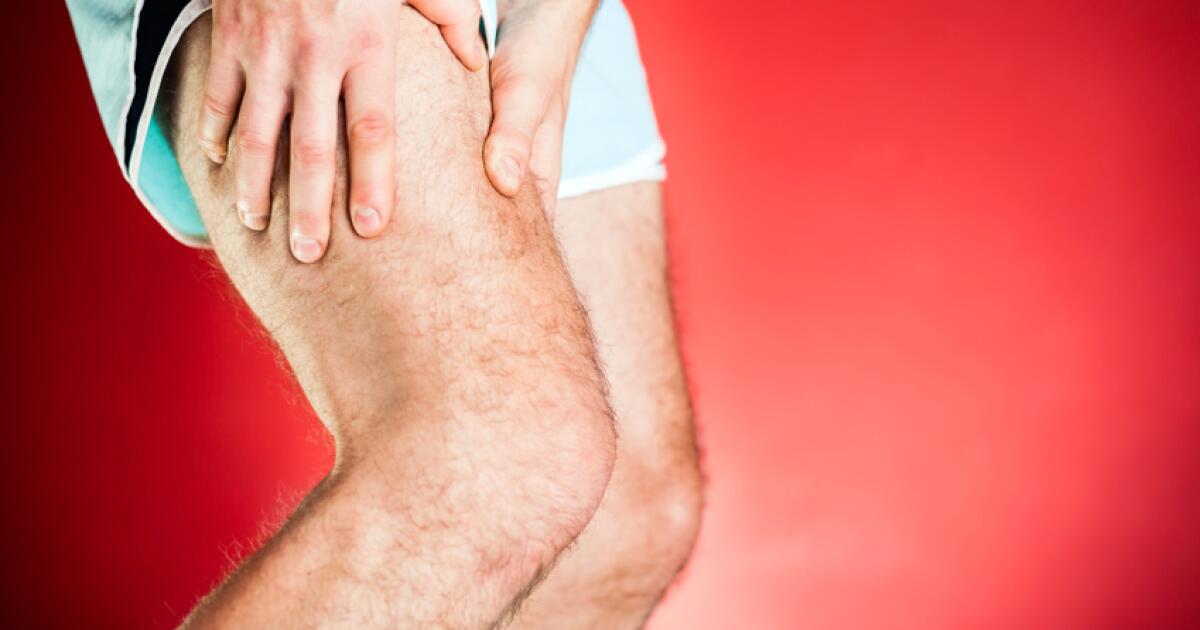A primary cause of leg pain is a muscle cramp or spasm thats often known as a charley horse A cramp usually triggers sudden sharp pain as. Leg pain may be caused due to a problem in the lower back the pelvis or a problem that originates within the leg.
 Leg Pain Leg Aches Symptoms Causes And Treatments
Leg Pain Leg Aches Symptoms Causes And Treatments
Sciatica often occurs as a result of a herniated disk or bone spur that then causes pain in your lower back and down your legs.

Severe leg pain in both legs. Weakness of both legs may also be associated with the following symptoms. Leg pain is a common problem and can range from mild and annoying to severe and debilitating. Pain and numbness while walking standing or performing upright exercises.
People with PAD have fatty deposits in arteries outside the heart most often in their legs. Weakness during leg movements. Tingling of the legs.
The condition is associated with a. Depending on the cause leg pain can vary from moderate to severe and the symptoms may be continuous non-stop or intermittent come and go. Pain in your legs.
Leg cramps are a common and usually harmless condition where the muscles in your leg suddenly become tight and painful. In severe forms it can affect your ability to walk. Femoral stress fracture means there is a break in the femur or thighbone.
Depending on the cause leg pain can occur in one leg only or in both legs. After the cramping has passed you may have pain and tenderness in your leg for several hours. Typically the leg pain is a result of tissue inflammation that is caused by injury or disease.
The pain can range from mild to severe and usually goes away after a few minutes when you rest your legs. Pain occurs because these deposits block blood flow to the muscles impairing their ability to work properly. Neurogenic claudication pain typically increases while bending the spine backward and decreases while bending forward at the waist sitting or lying down.
Some types of leg pain can be traced to problems in your lower spine. It usually occurs in the calf muscles although it can affect any part of your leg including your feet and thighs. A doctor may refer to this as intermittent leg pain.
Spinal nerve compression or irritation. Sharp shooting pain can occur anywhere in one or both legs and it may move up or down the leg. Numbness in your legs.
Leg pain can be constant or intermittent develop suddenly or gradually and affect your entire leg or a localized area such as your shin or your knee. It can take a number of forms stabbing sharp dull aching or tingling. What causes leg pain if you have PAD.
Either injury or chronic disease can cause inflammation to any of the tissues of the leg and lead to leg pain. Bilateral lower leg pain is pain in both legs anywhere between the knees and the ankles. Doctors used to think PAD mostly affected men.
Deep vein thrombosis DVT is a blood clot that forms in a vein deep in the body. Leg pain can be described as any feeling of pain or discomfort in the area between your groin and ankle. Most leg pain results from wear and tear overuse or injuries in joints or bones or in muscles ligaments tendons or other soft tissues.
The lower leg is the area between the knees and the ankles. This means the inability to move the legs. Leg pain can be acute meaning it comes on quickly and then goes away.
Both legs are often affected at the same time although the pain may be worse in one leg. Leg pain can also be caused by blood clots varicose veins or poor circulation. Back pain that may or may not shoot down the back of your legs.
The symptoms of neurogenic claudication typically occur in both legs and include 9. 10 causes of severe upper leg pain Femoral stress fracture. Common causes of pain in one or both legs include.
Difficulty standing andor walking. The femur is the. Is my leg weakness serious.
/causes-of-lower-leg-pain-1337679-02-5b854e33c9e77c00576cb221.png)

